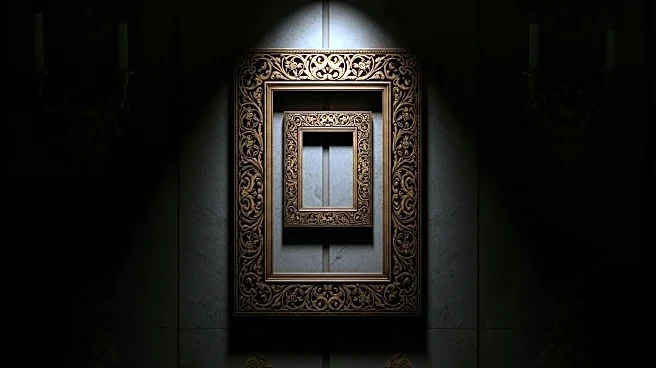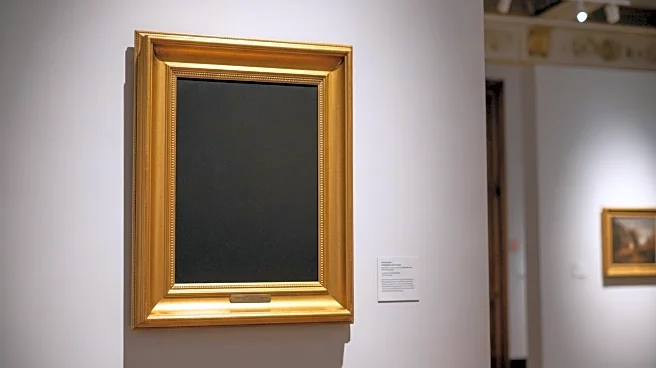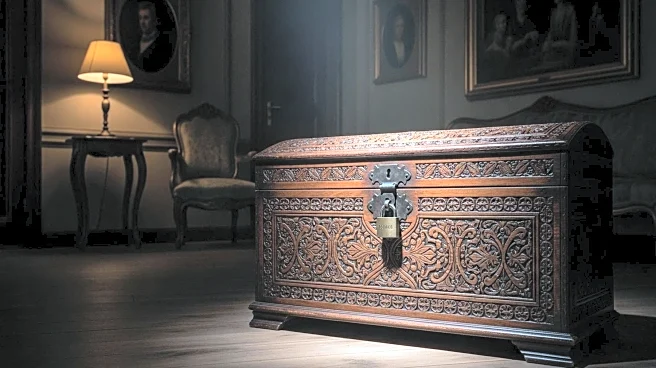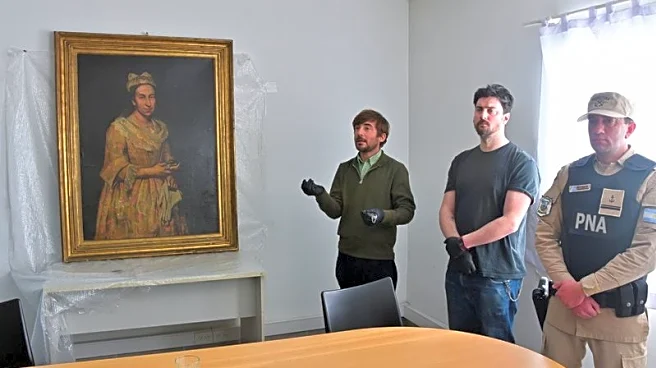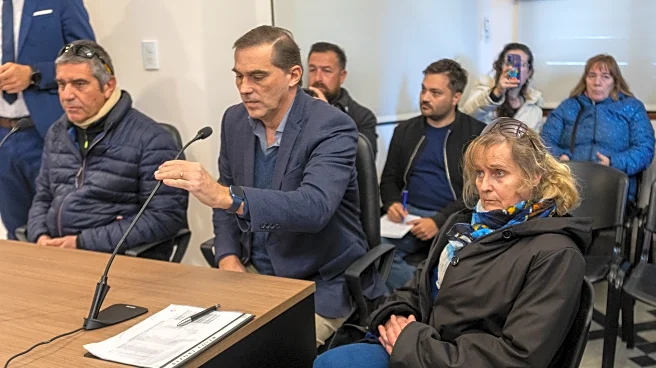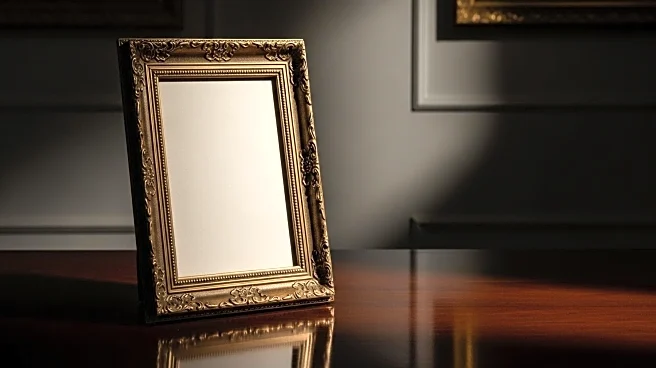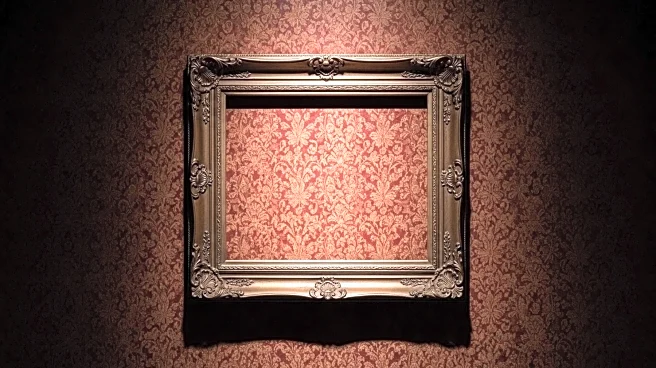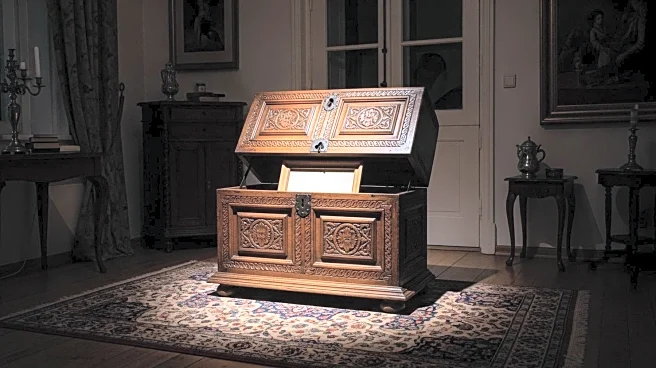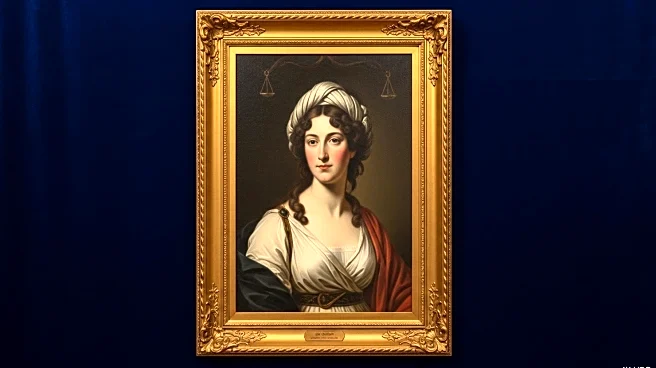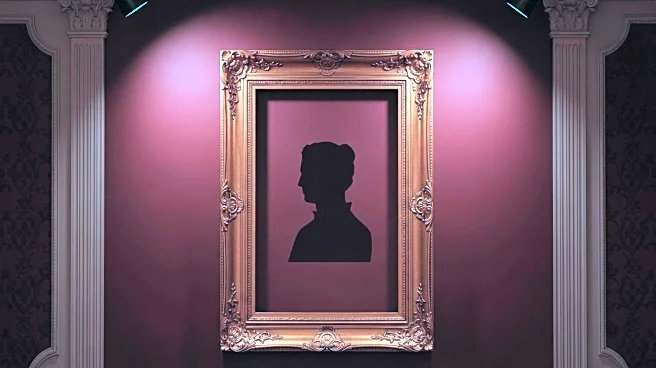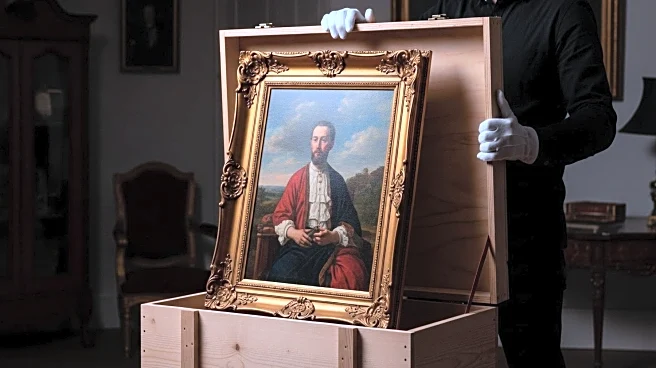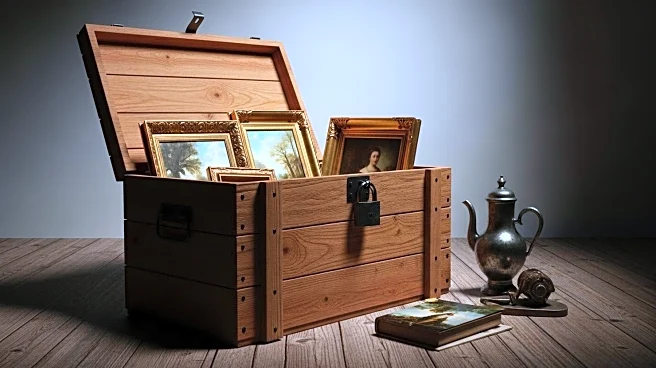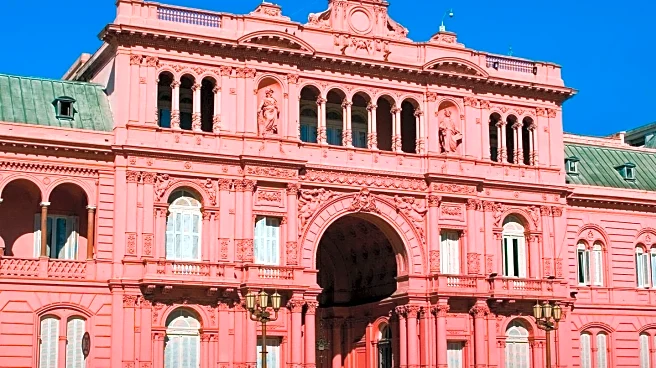What is the story about?
What's Happening?
Patricia Kadgien, daughter of Friedrich Kadgien, a high-ranking Nazi officer, has been charged in Argentina with attempting to conceal an 18th-century painting. The painting, Giuseppe Ghislandi’s Portrait of a Lady, was stolen from Jewish art dealer Jacques Goudstikker during World War II. Patricia Kadgien surrendered the painting to the Argentine judiciary, and the federal prosecutor announced charges of cover-up against her. The painting's future is uncertain as lawyers for Goudstikker's heir have lodged a legal claim to reclaim the piece. The Argentine court has requested the painting be displayed at the Holocaust Museum in Buenos Aires before any further transfer abroad.
Why It's Important?
This case highlights ongoing efforts to recover art looted during World War II, a significant issue in art restitution. The charges against Patricia Kadgien underscore the legal complexities involved in reclaiming stolen cultural property. The outcome of this case could set precedents for similar restitution claims, impacting heirs of Holocaust victims and art institutions worldwide. The involvement of international authorities like Interpol and the FBI reflects the global interest in resolving such historical injustices.
What's Next?
The Argentine court will decide the painting's fate, potentially influencing international art restitution practices. Patricia Kadgien and her husband, Juan Carlos Cortegoso, are barred from traveling abroad and must notify the court of any address changes. The legal claim by Marei von Saher, Goudstikker’s heir, at the FBI’s New York office may lead to further international legal proceedings. The case could prompt increased scrutiny of art collections with potential ties to Nazi looting.
Beyond the Headlines
The case raises ethical questions about the responsibility of descendants of individuals involved in historical crimes. It also highlights the challenges faced by museums and collectors in verifying the provenance of artworks. The cultural significance of returning looted art to rightful heirs is profound, offering a form of justice and reconciliation for families affected by the Holocaust.
AI Generated Content
Do you find this article useful?
